Using a little bit of Epsom salt in the following plants can make them lush and healthy. Friends will ask what Epsom salt is. It is actually magnesium sulfate, which is mainly used to supplement the magnesium needed for plant growth. Plants without this element are easy to wither or easily grow.
Tip: although Epsom salt is good for plants, it should be used in moderation and in small amounts.
The effect of Epsom salt on flower cultivation:
1. Get sweeter fruit
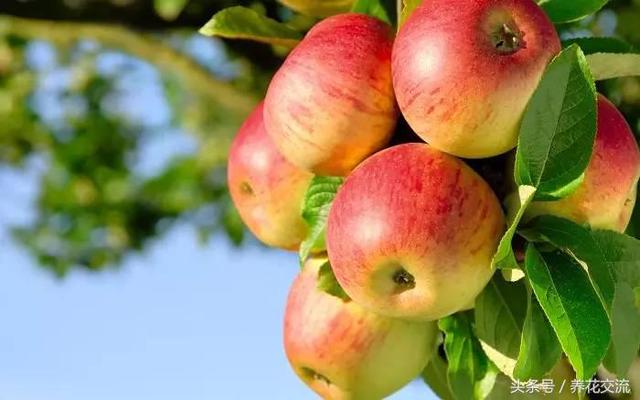
Adding a little Epsom salt to fruit trees can make their fruit sweeter, but pay attention to the dosage, 0.09 square meters with 50 milliliters, which can increase the content of chlorophyll in plant cells, which promotes plant photosynthesis and makes plants grow stronger. It will produce sweeter fruit and increase yield.
The main objects are apples, peaches, pomegranates and plums. In fact, some pesticides contain magnesium sulfate, which can be seen by careful observation.
two。 Help plants absorb more nutrients
Epsom salt is also a very good fertilizer, which can enhance the ability of plants to absorb nutrients. Epsom salt contains magnesium, which is a mineral that can enhance the nutrients needed for plant growth, mainly to improve the ability of plants to absorb nitrogen, phosphorus and sulfur.
3. Avoid migration failure
Many novices are easy to fail in the process of plant transplanting, especially some seedlings, which are difficult to recover. when you put some plants in, you can sprinkle 50ml Epsom salt on the bottom of the pot, spread a layer of soil, and then plant plants. Do not let the plant roots come into contact with Epsom salt, which can improve the success rate of transplanting.
4. Promote tomatoes to bear more fruit and grow healthier
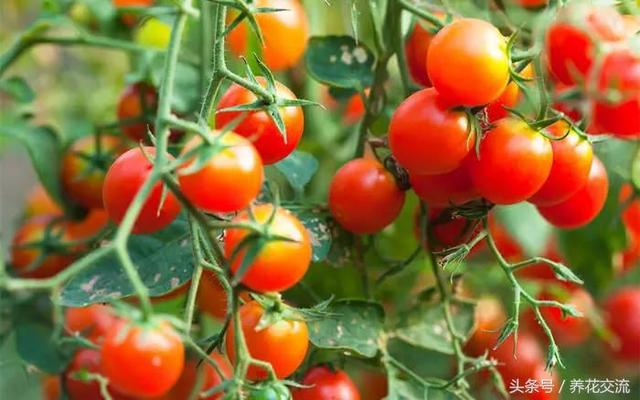
Tomato is very easy to lack magnesium, especially when transplanting is easy to fail, in order to solve these problems, you can use Epsom salt, the usage is also relatively simple, you can use 100ml Epsom salt with 4 litres of water, stir well, used to water potted tomatoes, watering thoroughly each time, usually once every 2-3 weeks, can not be used frequently.
5. Plant yellow leaves

If you can judge that the leaves of a plant turn yellow due to lack of magnesium, you can use Epsom salt. when the plant is deficient in magnesium, it is easy to cause lack of chlorophyll and cannot carry out photosynthesis. bury 50 milliliters of Epsom salt on the edge of the soil at the base of the plant once a month until the leaves turn green.
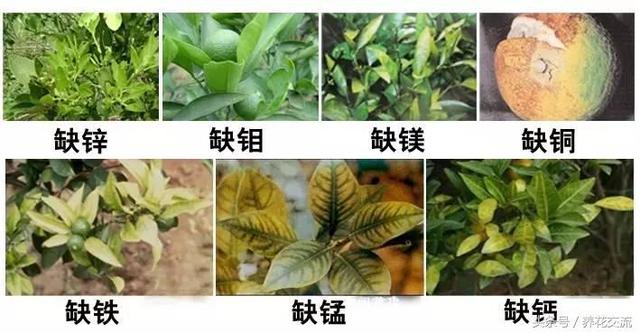
So how do you tell if the plant is magnesium deficient in yellow leaves? Just look at the diagram above.
6. Prevent leaves from curling
When the plant is deficient in magnesium, the leaves will curl inward or upward. In this case, you only need to bury some Epsom salt at the base of the basin soil to promote the plant to absorb better, so that the plant can resume its growth. The best way is to mix 100ml Epsom salt in 4 liters of water, stir it well and sprinkle it on the leaves.
8.
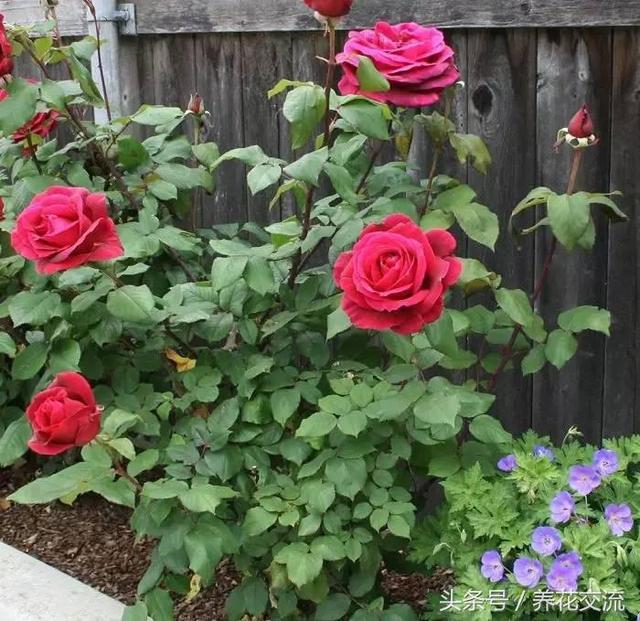
The use of Epsom salt contributes to the increase of chlorophyll, which is beneficial to the growth of roses and roses. In addition, it can promote the gestation of more buds and promote the opening of flowers. Adding some Epsom salt when transplanting roses can restore growth very well. It is best to soak the roots of roses in Epsom salt solution before planting, the ratio of Epsom salt to water is 100 ml: 4 liters.
Wechat searches official account: flower cultivation communication, WeChat account: yanghuajiaoliu; and flower friends across the country to share flower cultivation issues.
- Prev
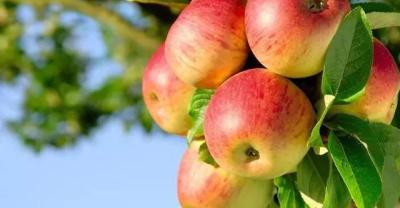
Orchids grow leaves but don't blossom. That's the wrong way for you to grow flowers.
Orchid is the general name of Orchidaceae. Dendrobium, Cartland, Phalaenopsis and Cymbidium all belong to Orchidaceae. Orchids represent elegance and holiness, and there have been many poet songs for thousands of years.
- Next
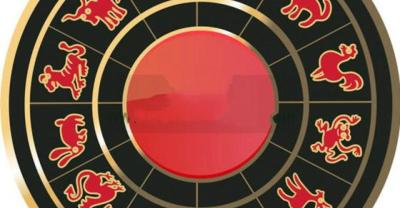
Do you pay attention to the maintenance of family flowers? Teach you the secret book of growing flowers, collect it quickly!
Aloe: one basin is equivalent to nine creatures, air freshener! And aloe itself also has a high medicinal value, raising potted aloe is equal to raising potted treasure. Maintenance.
Related
- What if the leaves of potted flowers turn yellow?
- Florescence Control of several Flowers
- Anti-freezing technology and post-freezing nursing technology of flowers
- What is the classification of flowers? What are the common methods of flower classification?
- Prevention and control of alkali and acid damage of flowers in courtyard
- Technology of Anti-freezing and restoring growth of Flower seedlings in greenhouse and greenhouse
- How does flower fertilization not hurt the root? Fertilization technology of flowers
- Key points of disinfection in flower greenhouse
- Several pesticides that are banned or used cautiously in flowers
- How to fertilize the flowers that watch the leaves?

